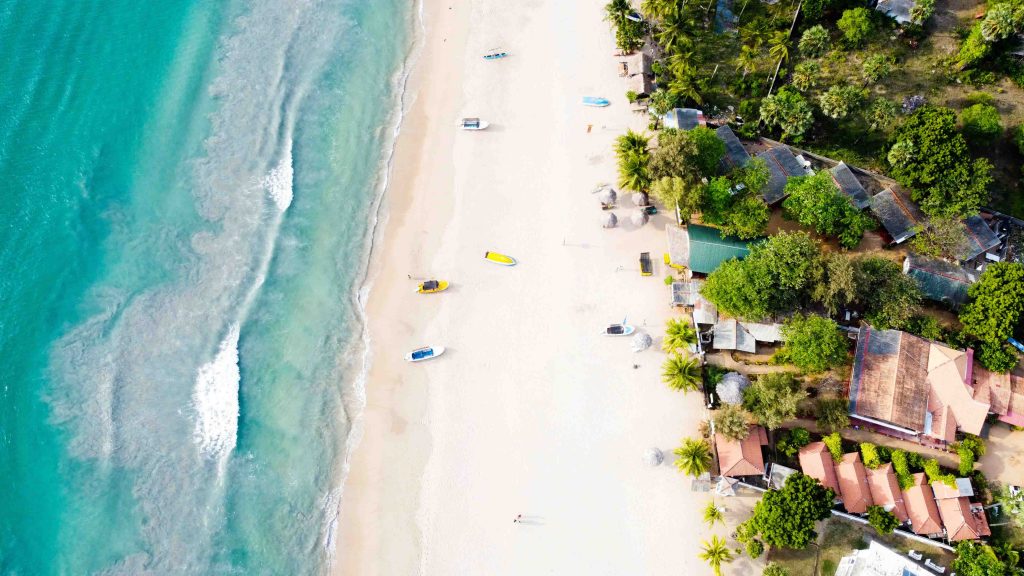
1. Komari Beach: Secret Shore of the Seine Fishermen
This pristine 3-kilometer stretch feels like stepping into coastal Ceylon of centuries past. Hidden behind towering sand dunes and accessed via a challenging dirt track (4×4 recommended during monsoon season), Komari rewards adventurous travelers with one of the coast’s most authentic experiences.
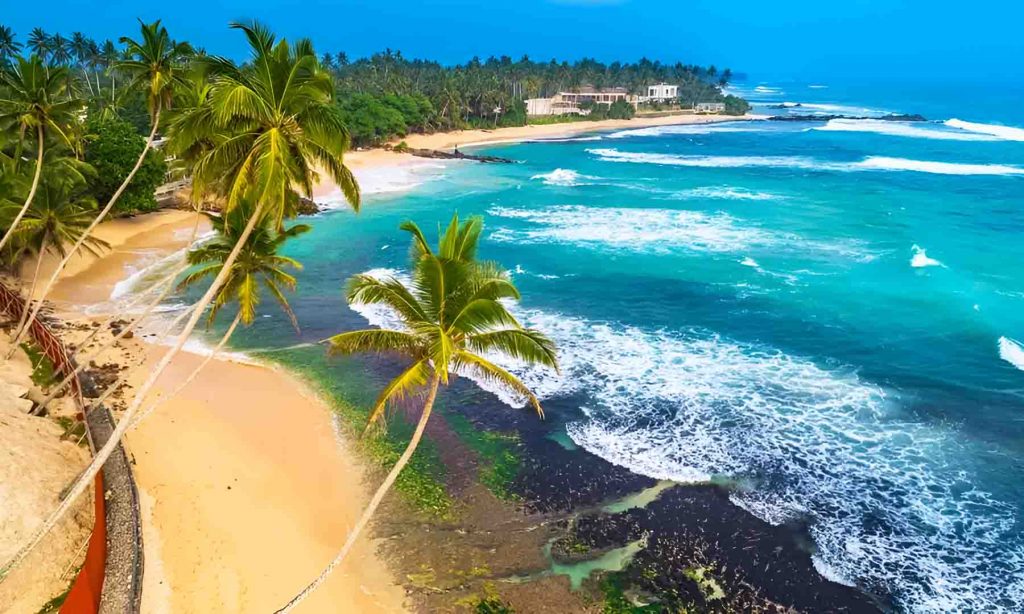
The beach’s unique position, where the Komari Lagoon meets the sea, creates a spectacular landscape of shifting sandbanks. Local fishermen use this natural phenomenon to their advantage, practicing the traditional art of beach seine fishing, where teams of 10-12 men work in synchronized harmony to pull in massive nets laden with sardines and mackerel.
- Best time to visit: May to September for calm seas; January to April for turtle nesting
- Local secret: Visit Kumari Aunty’s beach shack (the only structure on the beach) for the region’s best crab curry, but order in advance – she buys fresh from the morning catch
- Getting there: Take the inland road from Panama, turning off at the abandoned rice mill. Local tuk-tuk drivers know the way
- Stay: No accommodations on site; base yourself in Panama (20 minutes away) or Pottuvil (40 minutes)
2. Dutch Bay: Where Six Species of Turtles Keep Their Secrets
While casual visitors to Trincomalee stick to Uppuveli, those in the know head north to this historic cove where colonial heritage meets marine biodiversity. The bay’s unique geography – protected by twin headlands of black rock – creates a natural harbor that’s been used since ancient times.
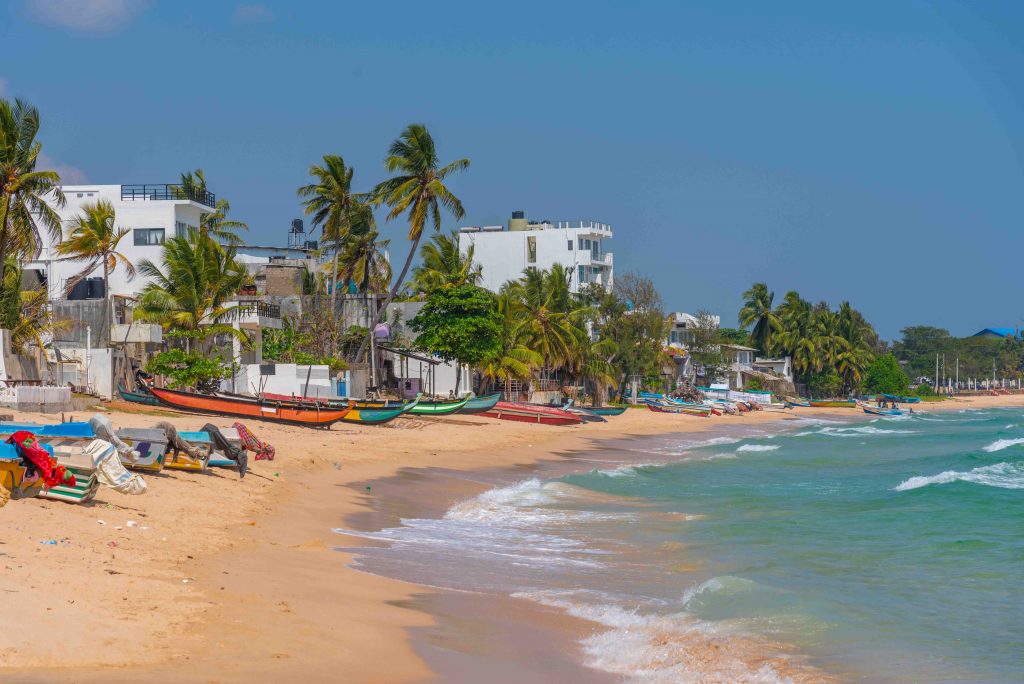
The real magic happens underwater: the bay features a little-known coral garden in just 3-4 meters of water, home to six species of sea turtles and a resident population of reef sharks. Early risers can witness stake-net fishermen at work, using techniques unchanged since Portuguese times.
- Best time to visit: March to August for best visibility and calm seas
- Local secret: The northeastern corner holds a hidden freshwater spring – locals say it has healing properties
- Getting there: Hire a boat from Trincomalee harbor, or take the rough coastal path from Fort Frederick
- Stay: Small guesthouses hidden in the Fort Frederick area offer authentic colonial-era accommodation
- Don’t miss: The pre-dawn fish market where you can buy fresh catch directly from the boats
3. Marble Beach South: Beyond the Granite Gates: A Seychelles in Ceylon
While tour buses stop at main Marble Beach for quick photos, few discover its pristine southern section. A challenging 20-minute scramble over weather-worn granite boulders opens onto a beach that could compete with the Seychelles for beauty.
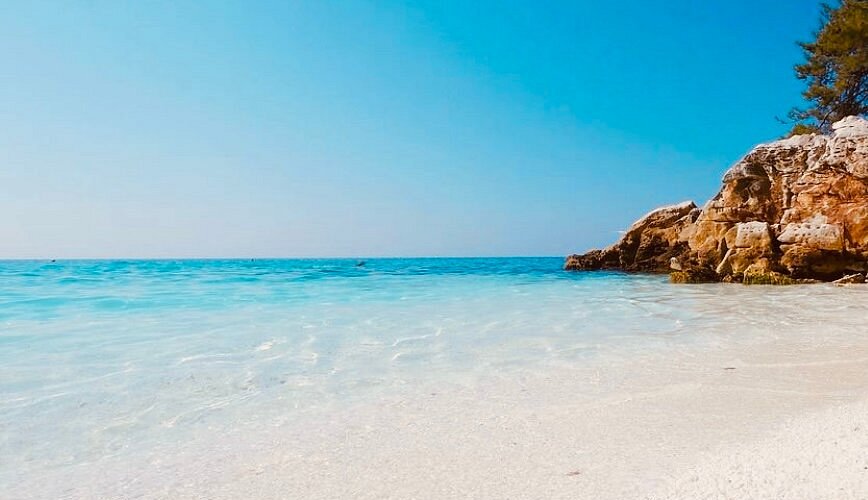
The beach gets its name from the unique white granite sand that sparkles like marble dust at midday. More importantly, it’s one of the last places in Sri Lanka where you can spot the endangered dugong – these shy sea mammals feed on the seagrass beds just offshore.
- Best time to visit: June to September for clearest waters and dugong spotting
- Local secret: A small cave in the southern headland contains ancient Buddhist carvings
- Getting there: Park at main Marble Beach, walk south past the Navy post (bring ID)
- Stay: Nilaveli offers closest accommodation options
- Tip: Bring reef-safe snorkeling gear – the coral here is pristine and teeming with life
4. Okanda Beach: Where Jungle Temples Meet Turtle Shores
Where dense jungle meets pristine shore, Okanda Beach offers a glimpse of how Sri Lanka’s coast must have looked millennia ago. The ancient Murugan temple complex overlooking the beach has drawn pilgrims for centuries, lending the area a mystical atmosphere.
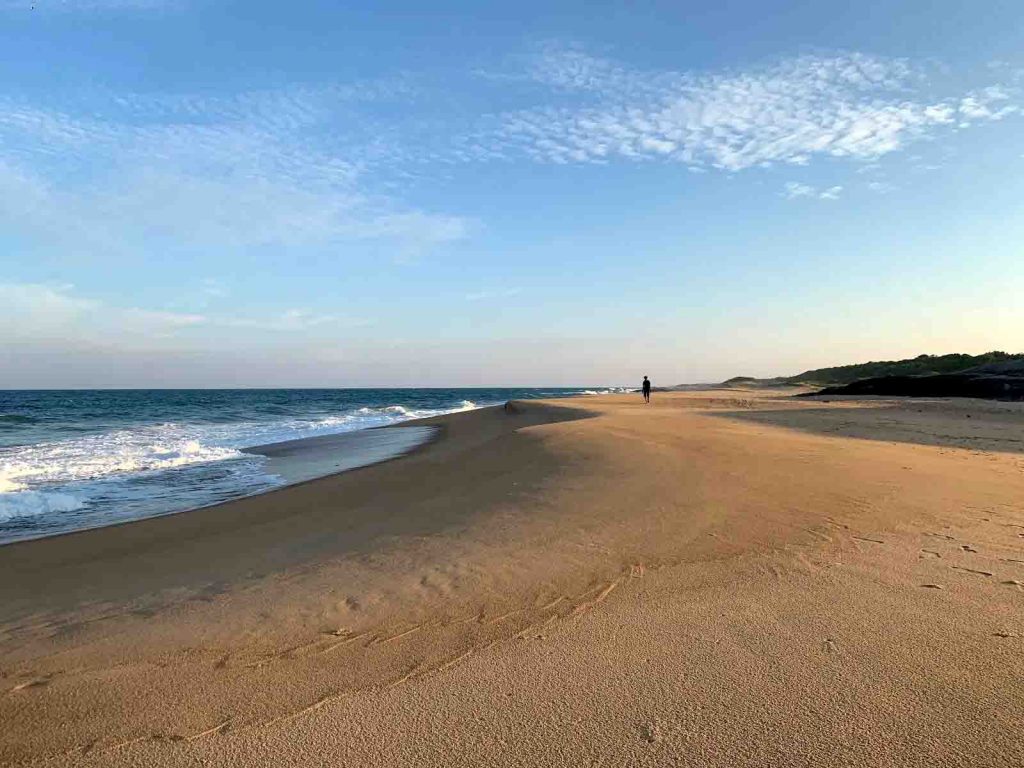
This is also one of the most reliable sea turtle nesting sites in the country, with five species regularly coming ashore between April and July. The local fishing community runs a volunteer turtle watch program, and visitors can participate in nest protection efforts.
Best time to visit: April to July for turtle nesting; September to November for best weather Local secret: Full moon puja nights at the temple feature unique fire-walking ceremonies Getting there: Accessible via the Panama-Okanda road; last 5km requires high clearance vehicle Stay: Basic rooms available at the temple pilgrim rest; camping permitted with temple permission Unique feature: One of the few beaches in Sri Lanka where leopards occasionally venture out at dawn
Conservation note: These locations remain pristine precisely because they’re little known. Practice Leave No Trace principles, respect wildlife viewing distances (especially for turtles), and support local communities through home stays and buying local produce when possible.
Ready to explore Sri Lanka’s last secret shores? Contact us to craft a journey that reveals these unspoiled beaches while respecting their natural habitat.
Please drop us a note at: info@pearl-of-the-indian-ocean.com

